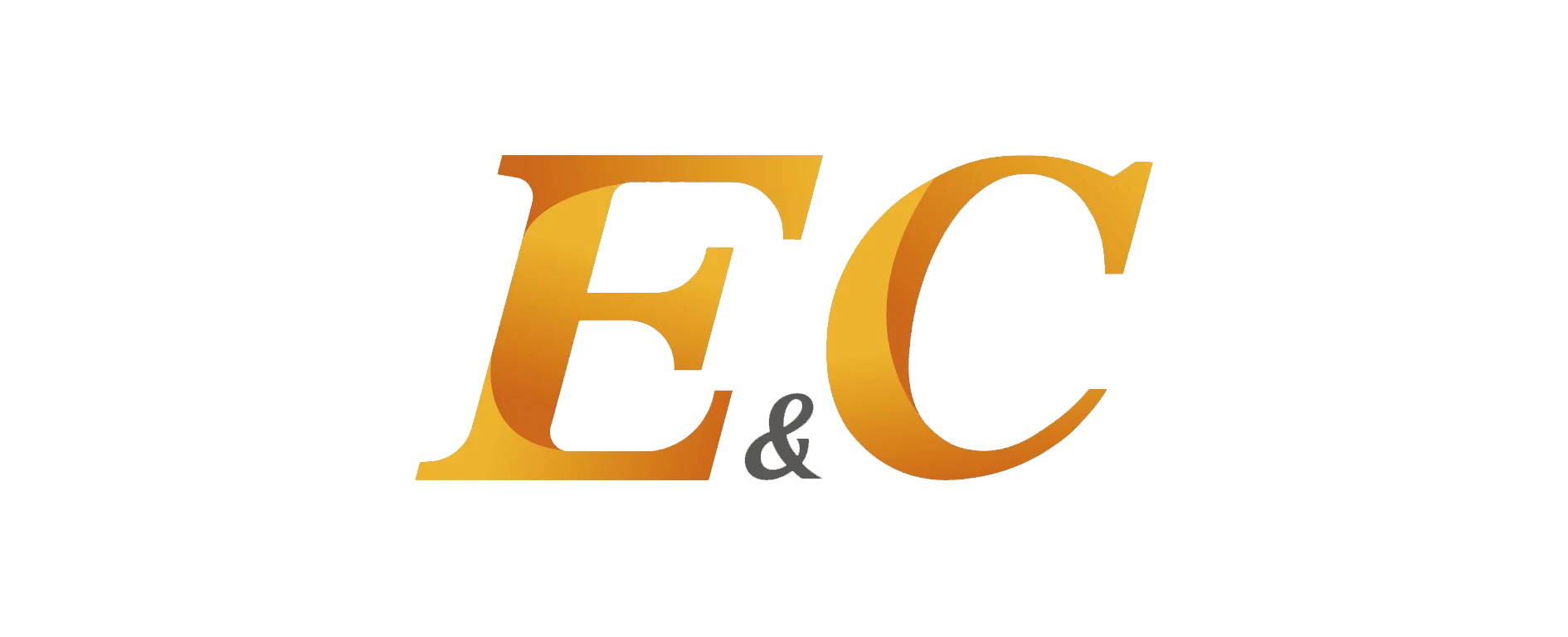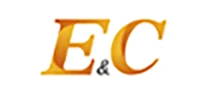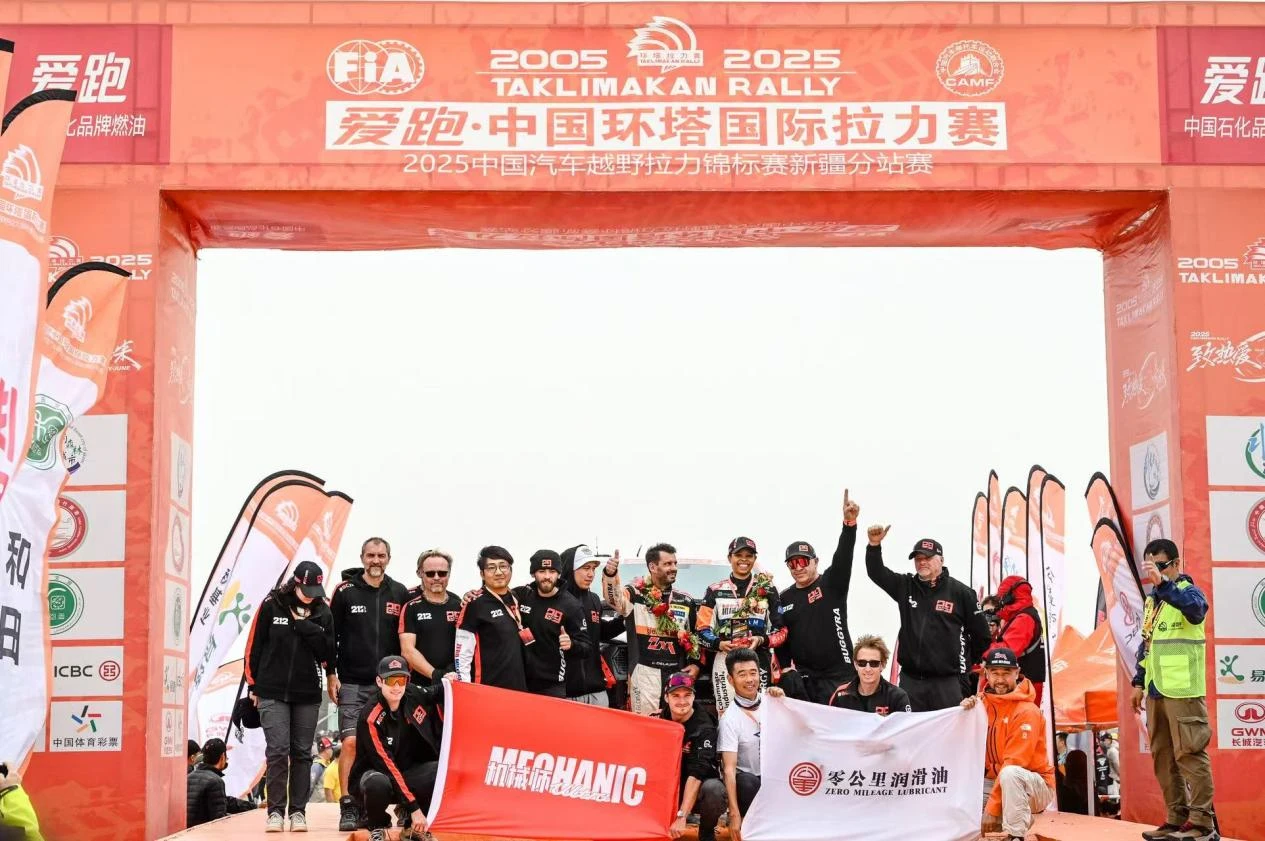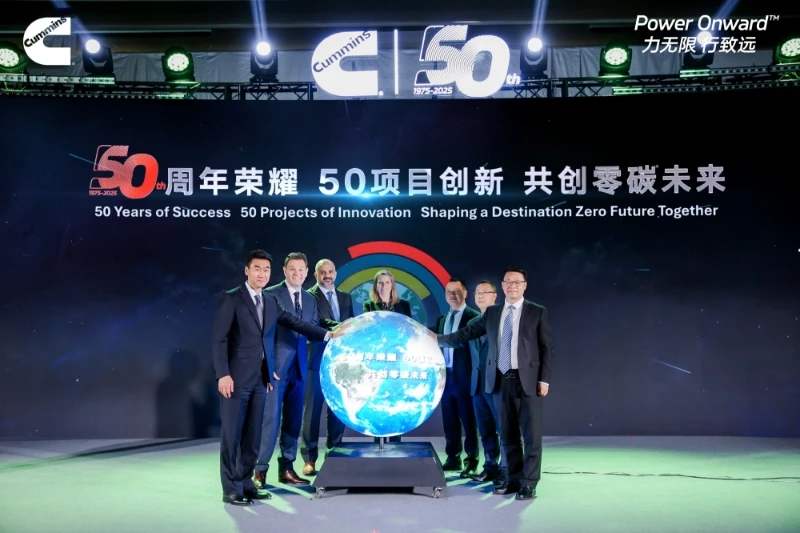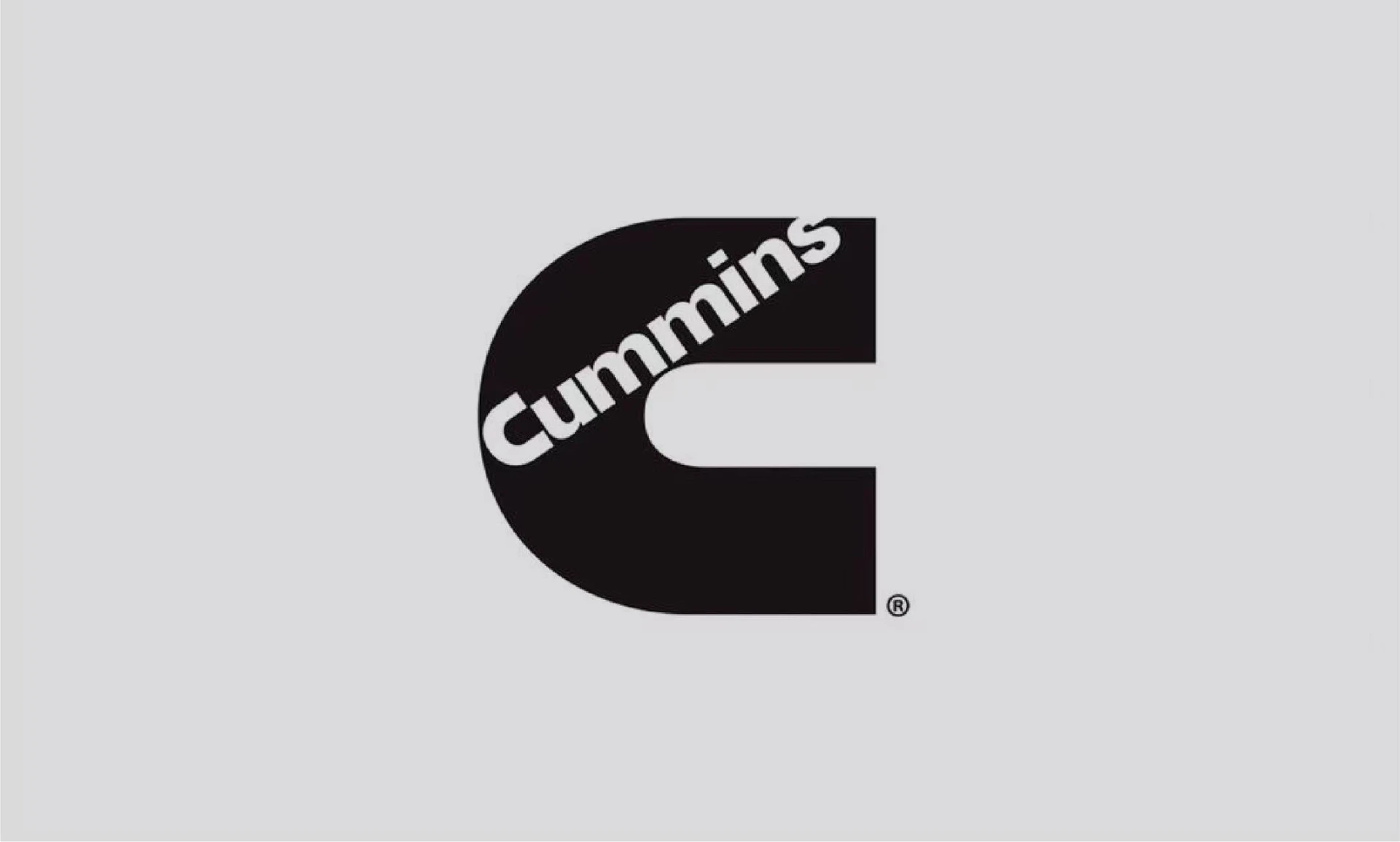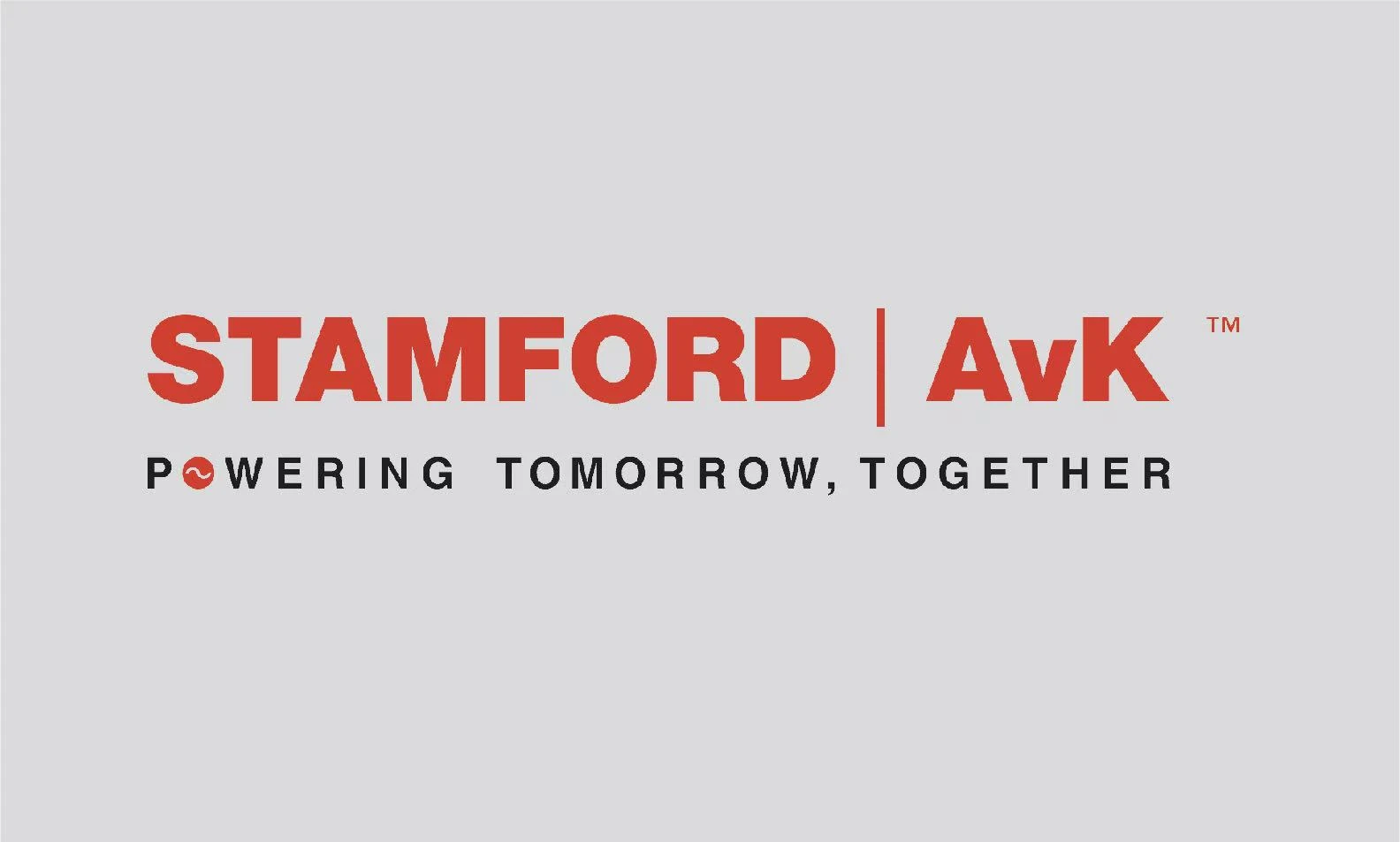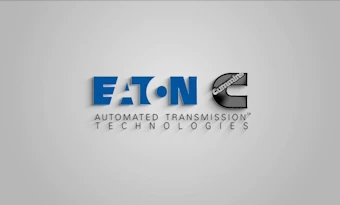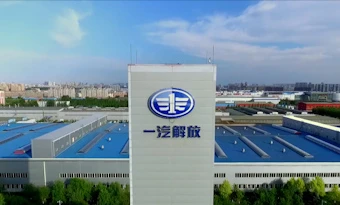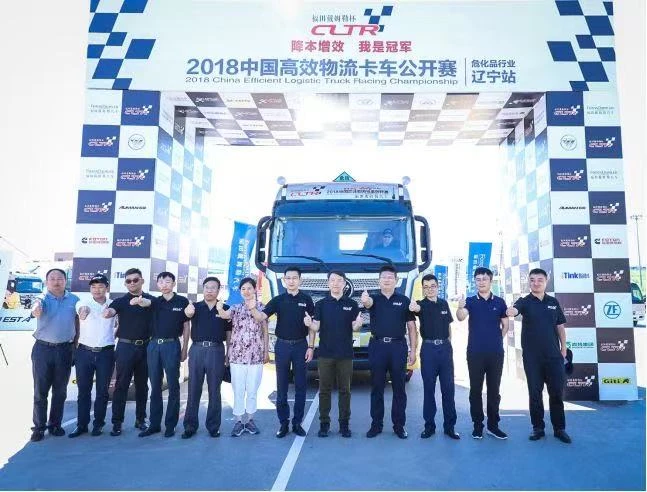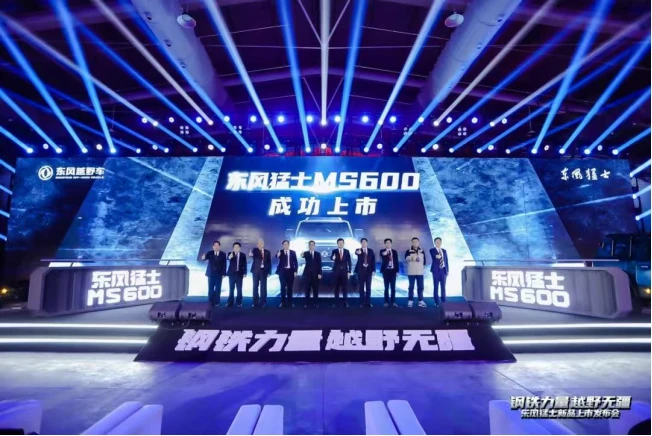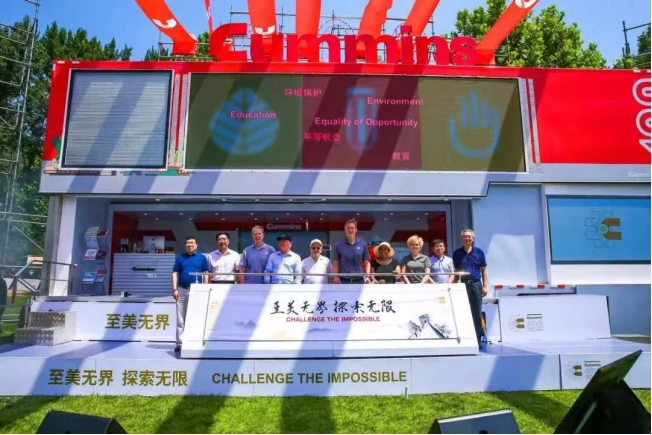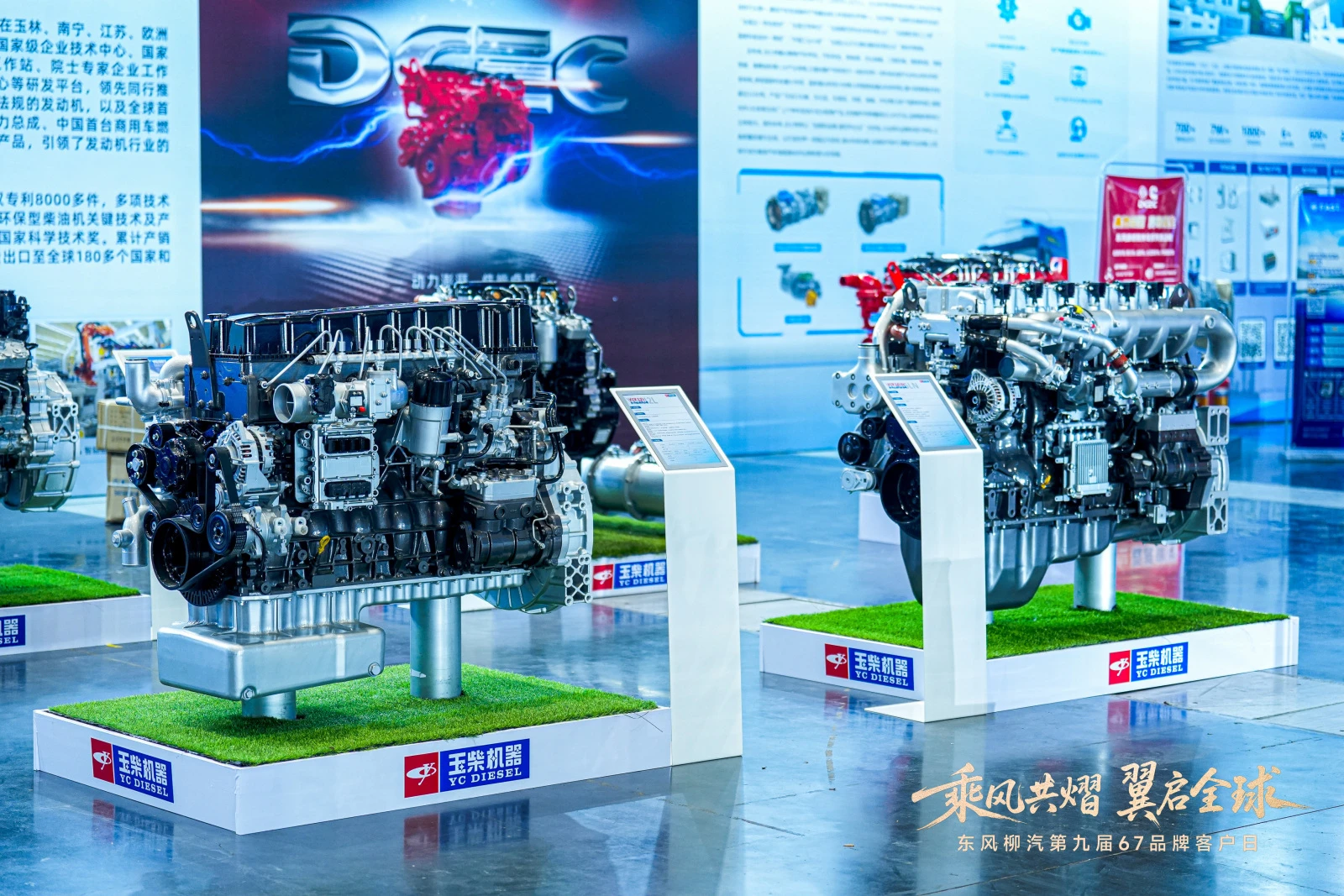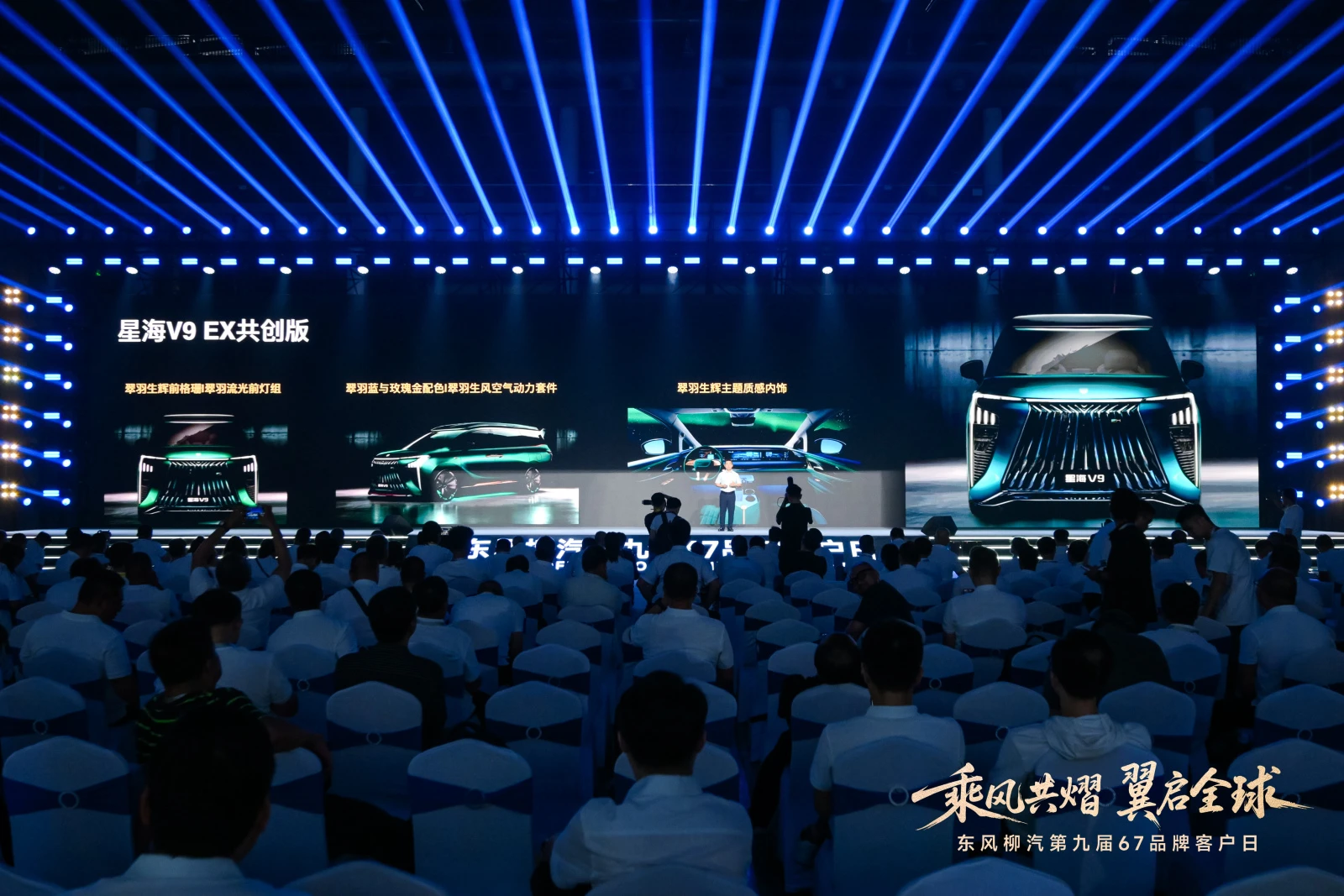Global Marketing Communications Solutions Unified Brand Integration
- The strategic imperative of integrated global communication
- Quantifying the financial impact through industry analytics
- Technical architectures enabling unified brand deployment
- Platform capability assessment across leading providers
- Enterprise-grade customization frameworks
- Cross-industry implementation case studies
- Future-proofing organizational reputation ecosystems
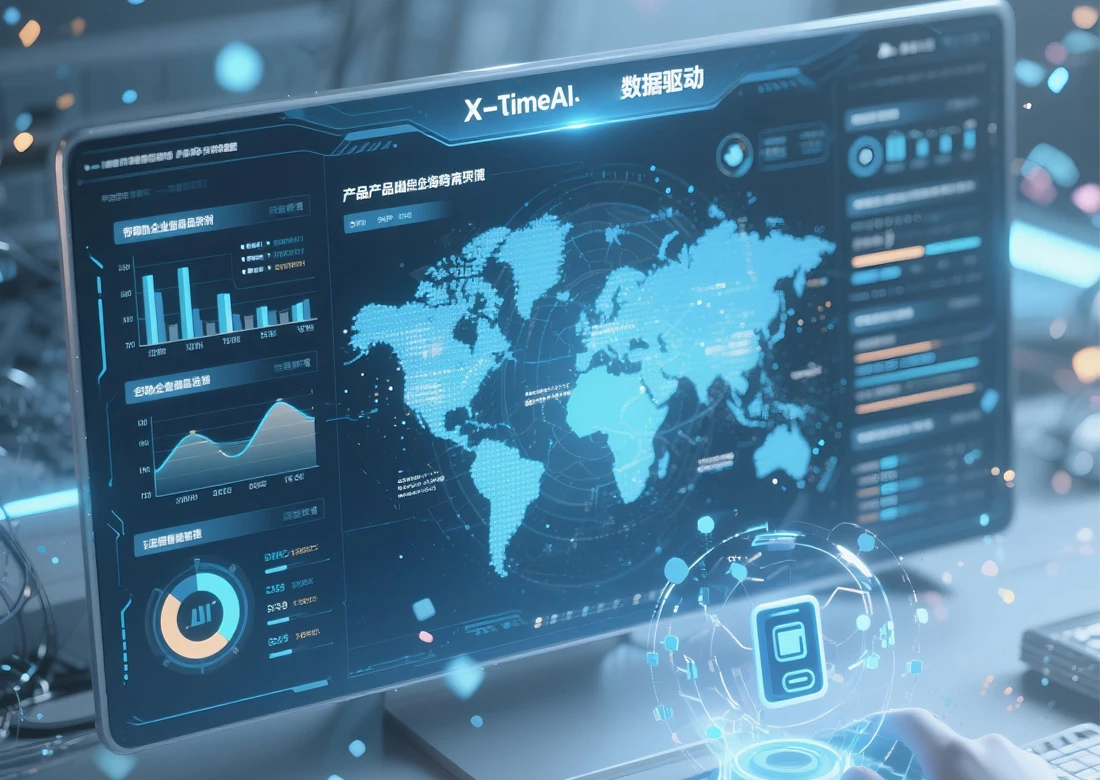
(global marketing and communications)
Navigating the Strategic Imperative of Global Marketing and Communications Integration
Contemporary organizations face unprecedented challenges maintaining brand coherence across diverse markets. Siloed communication functions create operational friction: marketing teams deploy localized campaigns while corporate communications safeguard reputation—often with conflicting messaging priorities. This fragmentation carries substantial consequences, with 68% of multinationals reporting revenue leakage from inconsistent brand presentation.
The reconciliation of global marketing and communications
requires fundamental operational realignment. Progressive enterprises now deploy integrated reputation governance models that synchronize corporate identity management, stakeholder communications, and digital engagement protocols. When properly harmonized, these functions demonstrate measurable impact:
- 22% increase in brand recall consistency across regional markets
- 17% reduction in crisis response latency
- 34% improvement in campaign-to-conversion efficiency
Quantifying the Enterprise Impact Through Analytics
Longitudinal analysis reveals compelling correlations between communication integration and commercial performance. Organizations implementing holistic frameworks report 28% higher shareholder value retention during market volatility compared to peers with fragmented approaches. Market differentiation metrics show even starker contrasts:
- B2B enterprises: 31% improvement in sales contract value when brand positioning aligns with corporate messaging
- B2C organizations: 42% faster market penetration for new product launches
- Non-profits: 57% donor retention advantage with integrated storytelling
The Forrester Total Economic Impact™ methodology calculates average 3-year ROI of $4.20 for every $1 invested in communication reconciliation technology—primarily through eliminated redundancy costs and reputation risk mitigation.
Architecting Technical Foundations for Brand Consistency
Next-generation communication platforms overcome traditional limitations through:
Modular Content Orchestration
Centralized digital asset management systems with AI-driven metadata tagging enable 74% faster localized content deployment while maintaining global brand compliance thresholds.
Real-Time Sentiment Convergence
Integrated dashboards synthesize consumer feedback, employee sentiment, and media analysis—reducing reputation threat detection times from days to 45 minutes on average.
Regulatory Compliance Automation
Machine learning algorithms continuously monitor 189 jurisdictional requirements, automatically flagging non-compliant materials with 98.2% accuracy.
Enterprise Communication Platform Capability Matrix
| Capability | GlobalConnect | OmniChannel Suite | BrandFusion |
|---|---|---|---|
| Real-time Regulatory Compliance | 143 markets | 89 markets | 127 markets |
| Cross-Platform Analytics | 19 integrated sources | 9 integrated sources | 14 integrated sources |
| Localization Workflows | AI-assisted | Manual configuration | Template-based |
| Stakeholder Mapping | 7-dimensional analysis | 3-dimensional analysis | 5-dimensional analysis |
Customized Implementation Frameworks for Diverse Enterprises
Successful integration requires tailored approaches based on organizational maturity:
Phased Transformation Model
For complex multinationals: 18-month roadmap beginning with communication workflow mapping, proceeding through incremental platform integration stages, concluding with full governance protocol implementation.
Rapid Deployment Framework
Mid-market solution featuring standardized integration modules deployable in 90-day cycles, achieving 80% functional alignment within first year.
Microservices Architecture
API-first implementation allowing existing martech investments to integrate with new reputation management modules without platform replacement.
Cross-Industry Implementation Evidence
Healthcare Technology Provider
Unified previously fragmented communications across 23 regulatory jurisdictions, achieving 9-month ROI through 37% reduction in market-specific collateral production costs.
Financial Services Case
Integrated corporate identity framework reduced rebranding expenses by $2.7M during merger while maintaining 100% compliance across 41 financial authorities.
Retail Conglomerate
Automated content localization reduced campaign deployment from 11 days to 39 hours while increasing cross-regional brand consistency scores from 63% to 89%.
Future-Proofing Global Communication and Reputation Ecosystems
Forward-looking organizations now treat brand-communication-reputation as interconnected disciplines requiring unified governance. The operational model emerging eliminates traditional functional boundaries through:
- Predictive reputation modeling using behavioral science algorithms
- Blockchain-enabled brand consistency verification
- Self-optimizing communication workflows
Companies mastering this integration demonstrate average 37% stronger resilience during market disruptions. As stakeholder expectations evolve toward radical transparency, organizations reconciling global marketing and communications functions position themselves for sustainable competitive advantage. The convergence journey requires strategic commitment but yields measurable impact across reputation capital, operational efficiency, and market differentiation.

(global marketing and communications)
